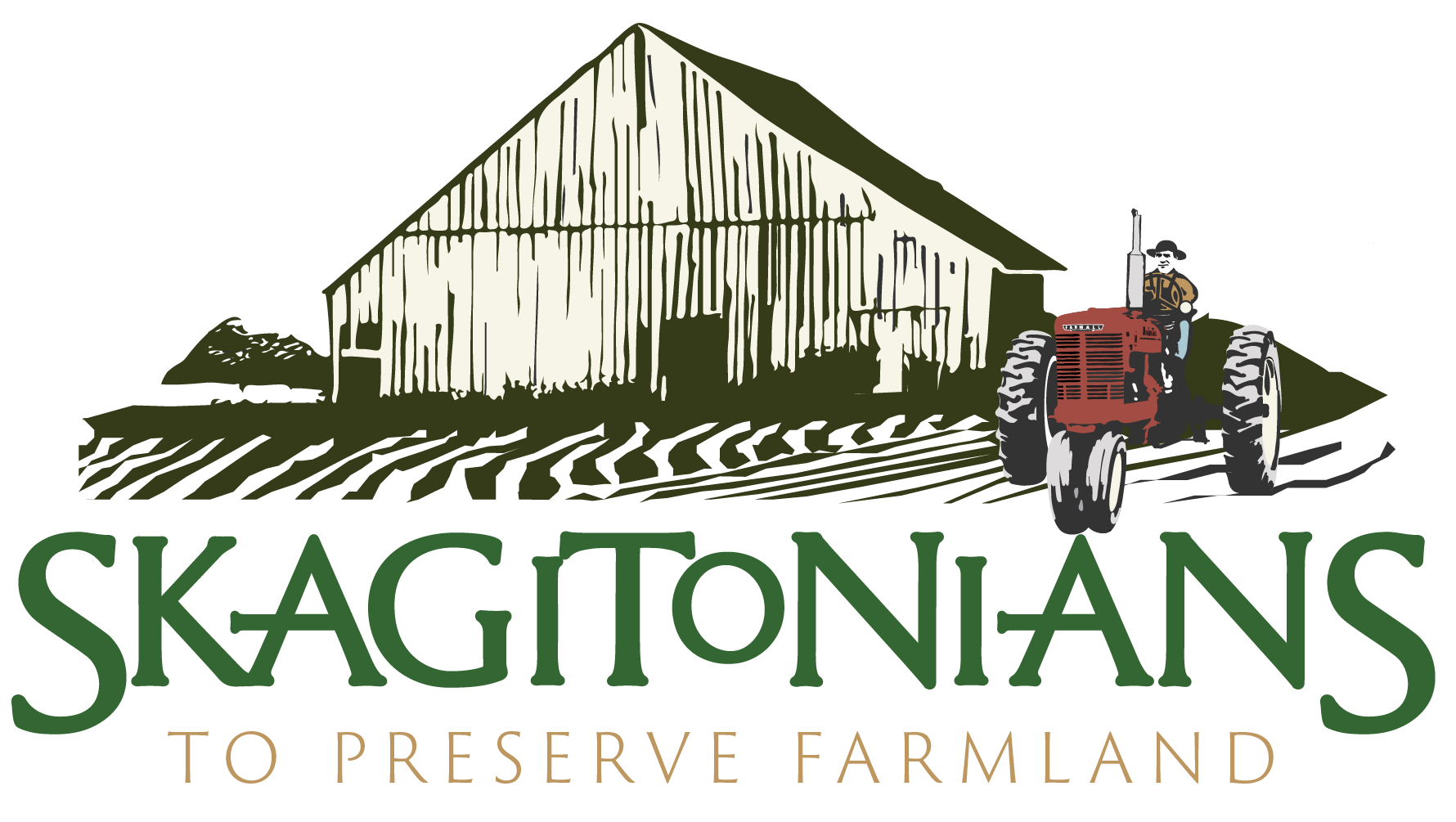The Dirt Issue 3 – What is Pinning?
Twice each year, a highly unusual “sharing of the soils” takes place at the WSU-NW Research & Extension Center here in Mount Vernon.The event is called a “pinning” and the participants are representatives of seed companies looking to secure land to grow their next seed crops.
Why, “pinning?”
On a large, horizontal wall map, highlighting all available growing sites, each field selected is claimed with a push pin. (Not what you might expect in our digital age.)Sounds straight-forward, doesn’t it? But, not quite.
You see, seed crops are big business in the Skagit Valley.
According to 2014 agricultural statistics, Skagit County produces approximately 8% of the spinach seed and 25% of both the cabbage seed and table beet seed in the world. The significance of these and about a dozen other seed crops cannot be over-stated when you realize over 95% of what we eat begins as seed.
But, it’s more than big business; it’s also a very complicated business. While the soil and climate here in the Skagit Valley are world class, and the farming skills of the growers are likewise top-notch, the complex requirements of seed crops demand very precise assessments of where they can be grown.
Chief among the requirements is isolation. Genetically-linked seed crops must be kept well away from one another to avoid unwanted cross-pollination. If the fields are too close together, insect or wind pollination can produce an unintended hybrid.
Kept apart, the resulting seed crop is pure and will exhibit just those characteristics that particular variety is expected to yield.Just how far they must be from each other depends on many factors, but anywhere from a fraction of a mile to several miles is not uncommon.
Another consideration is crop rotation. To ensure the integrity of the seed crop, some fields can be used only once every four—or even fourteen or more—years. This keeps soil-borne pathogens from contaminating the seed crop, pathogens which naturally die out if the land is rotated among several crops over time.The amount of scouting needed to clarify these issues and others before the actual day of pinning is akin to the undersea portion of the iceberg—90% of the work is done beforehand.
Then it’s all down to the luck of the draw. Each seed company rep draws a number out of a toy combine—a New Holland combine, to be exact—whoever draws #1 gets to “pin” the first field from their pre-determined wish list.
They make their second selection only when all the other reps have made their selection in “Round One.”This continues, round after round, until quotas are filled. The last few rounds, with available sites dwindling, can necessitate some skillful negotiation and trading as the reps huddle together, shuffle pins and “give a little to get a little.”
That takes care of the Swiss chard/beet seed growers. Now, it starts all over for spinach. And, in 3 months’ time, it will be done again for cabbage seed.The remarkable thing about this “no contracts, just handshakes” sharing is, even though the seed companies are in competition with each other, it is successful because everyone has access to the same playing field. Or, in this case, growing fields.
And so it grows…
